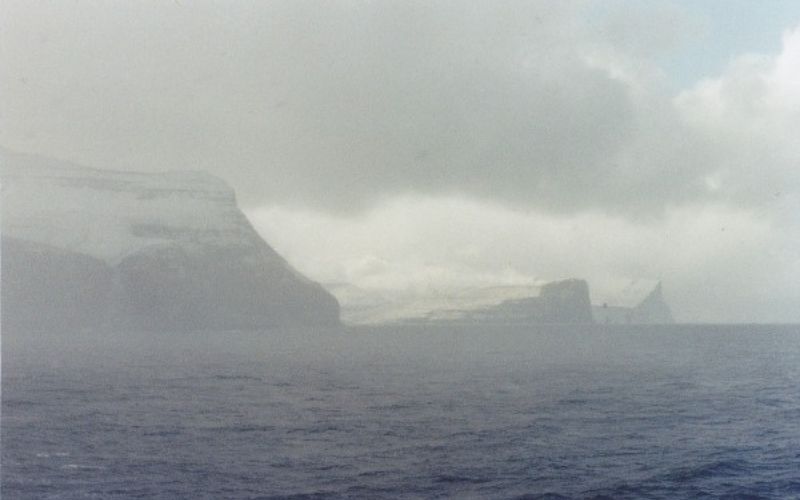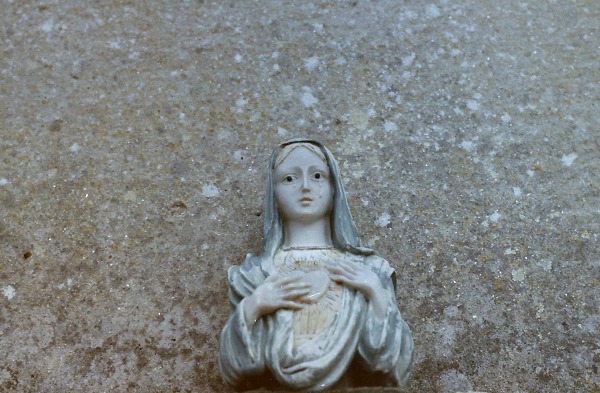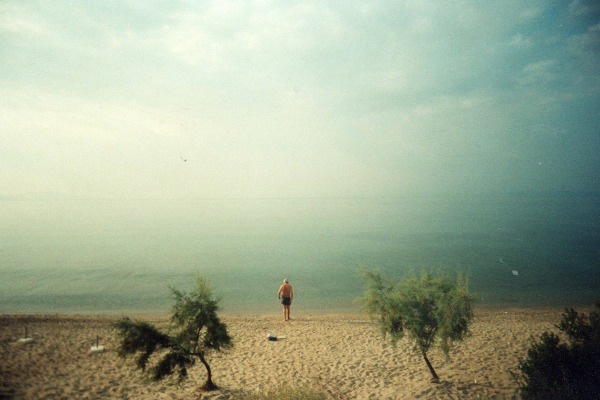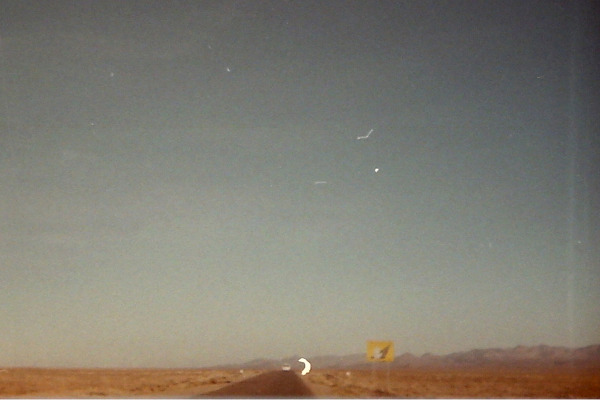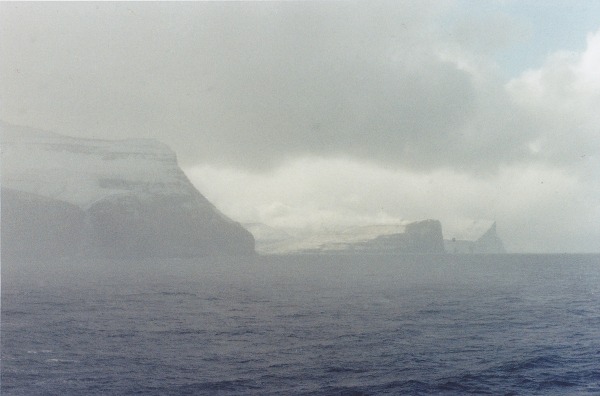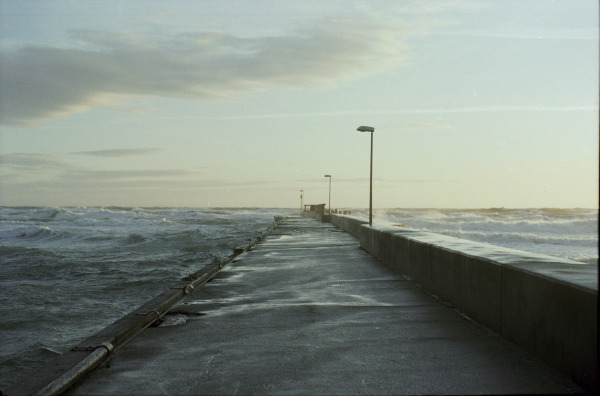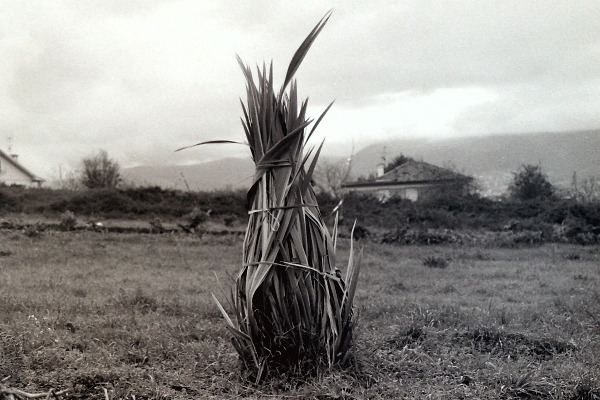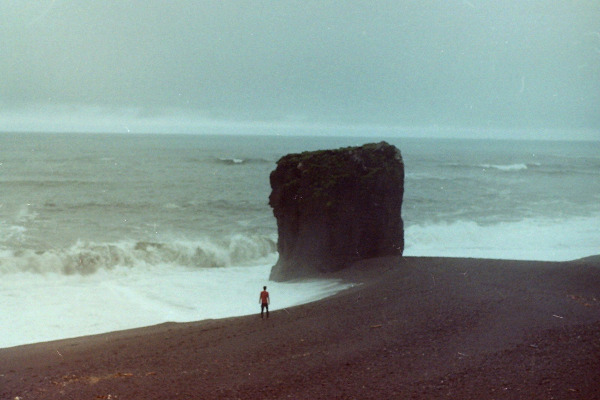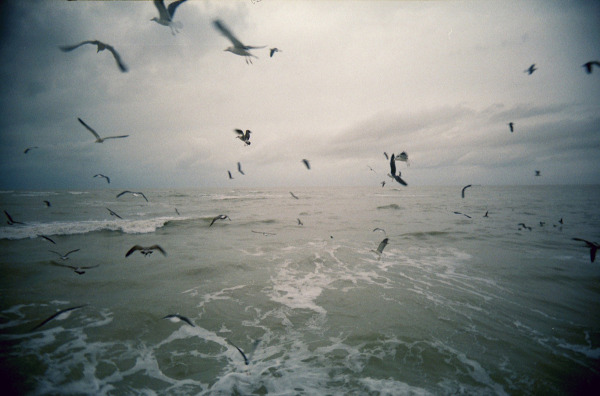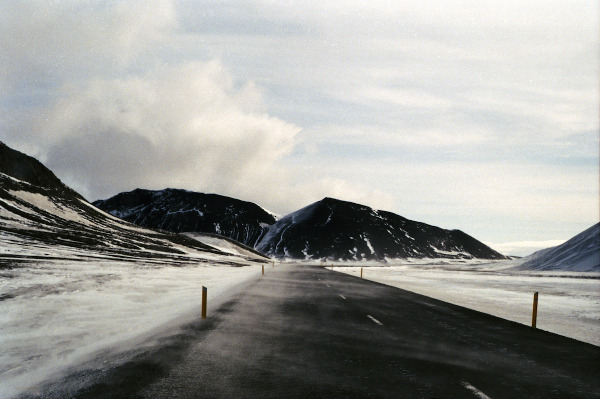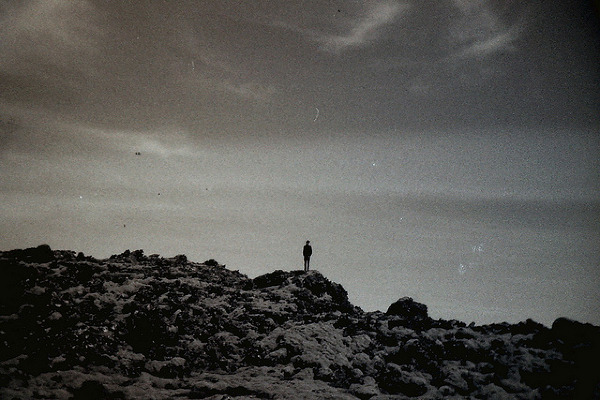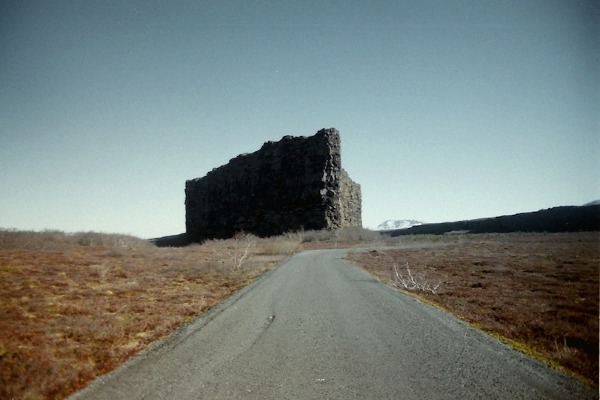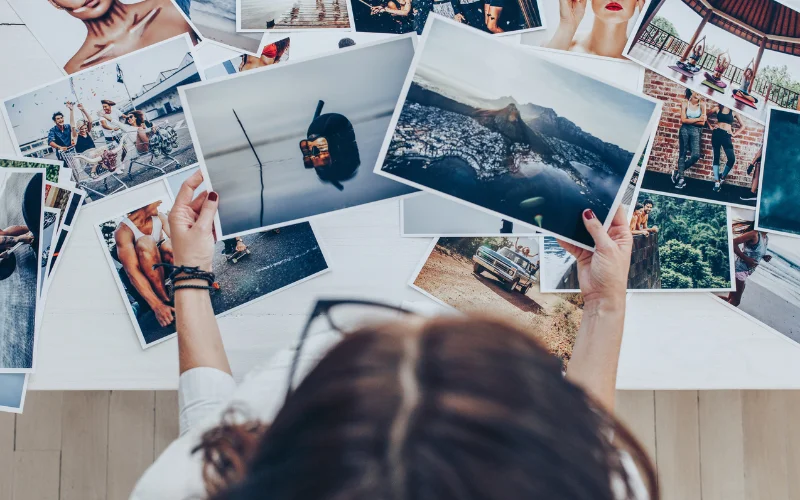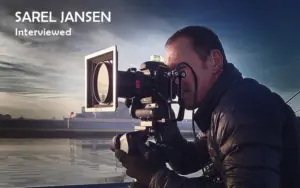Magical Landscapes photographer Carla Fernández Andrade describes her photographs as links between her subjective and objective reality. She imagines them as being born from investigations into her subconsciousness and liberated from objective reality, free from the usual objective constraints: ego, self-identity, and factual presence. Yet they are also so remarkably beautiful that — even in spite of their melancholic shading — they verge on full-on aestheticism.
But aestheticism is too cold of an outlook to join Andrade’s images to. These images are documents of fantasy, history, and self-exploration; they could never be solely about repurposing the sublime for cool pleasure. They are more like poetic re-imaginings of what these sites mean to its photographer. They are expressions of time and essence of their unique moment. It’s as if they are daring you to feel what was left unsaid. Forcing you to imagine the sounds, the smells, the total life of what was captured in frame, they are both complete and completely undone.
In this interview, Andrade speaks about how she got her start in landscape photography, explains her motivations to her approach, and reveals how she is able to find such magical landscapes.
I really like your magical landscapes that are on the verge of becoming full-heartedly melancholic. How would you describe your work? How did you get your start?
My photography is halfway through documentary, fantastic and experimentation. I photograph reality to make it go beyond reality but through itself, without tricks or interventions. I have been always interested in aesthetic experience and how it works as a transformer of conscience. This was what led me to study Communication Studies and Philosophy. I began to take photos as a way of recording experienced sensations, to catch reality and leave it protected forever. This melancholy of the time, such as becoming without detention, is reflected in all my work. Photography is also for me a mechanism for adaptation to reality and helps me to create a link between my subjective and objective reality. I like to photograph the time and the essence more than objects or specific facts. Universe of dreams fascinate me because they are not censured by reality, they are true and spontaneous. This is why I like to investigate my subconscious and liberate it when I take pictures. It’s about creating images from “dreams” and dreams from images. I create magical landscapes where optical laws have changed.
I love the texture and feel of your magical landscapes. Most of your work is shot in 35mm. Why do you prefer this format? What advantages does it give you?
To work in analogue forces me to take the act of shooting with more solemnity. I don’t know exactly why but when I shoot in digital, I’m not reflexive at all; I just test all possible frames. Also, because the results, 35mm gives me exactly what I look for in my work. I don’t seek definition, I look for the remoteness, with the intention of blur, flee the sharpness and detail to bring me closer to elementary forms.
Much of your magical landscapes focus on mountains, mist, and blurred edges. Why do you think this is? What is your approach to discovering a location?
My work is not intended to be cartographic, nor I want to show specific locations or make travel photography. I’m interested in certain symbols, certain approximations. It’s a poetic reflection through space on topics that interest me. For example, mountains interest me a lot as stone giants and icons of spiritual elevation; they are a very powerful symbol. Also, I like misty atmospheres because fog gives mystery and unreality.
“Paths to Land” is great. The 21st image is my favorite. Could you explain your aim with this project? What was your process to finding these sites?
I made this project during two trips I made to Iceland, the second one while I was in an Artist Residency. I went from my hometown, in the north west of Spain, to Iceland in my own car (and by boat from Denmark to Iceland). Once there I drove all over the island. I was many hours and thousand of kilometres driving by roads where I had a lot of time to think about the idea of road at all levels. Besides, in Iceland there are not many roads and not all roads are paved. The car was the only protection against the cold polar climate. And to find a good road, the only hope to be able to continue moving forward and have the feeling of protection.
Looking through your work, a thought popped into my head: These images could be vaguely political. What do you think about this point? Are there any political elements in your images/projects?
There are always political aspects; it’s inevitable. Although in my case it isn’t directly, they are in the basis where are the ideas from which I set out my work. First of all, in my work there is a questioning of the obligatory reality. I work with concepts such as the sublime or the beauty to which there’s quite incomprehension and violence, but I treat these subjects in an era characterized by the overexposing of images what make us to go into a state of shock and insensitivity. This is what Sloterdijk called the era of the “cynical reason”; we don’t reject the reality but we ignore it. In my work I don’t seek to show the problems of the universe, I seek to find an ideal, to go beyond. On the other hand, the established system urges us to do everything in less time. Time has been accelerated and therefore life has been reduced. In this sense, my work is an ode to contemplation, at a time in which this Kantian concept has entered into crisis. A contemplation that comes closer to the one defined by Lyotard and found “sublime it” through experimentation. We are subject to a state of permanent dissociation and dispersion. We don’t know looking at this crisis of the criterion of contemporary man, therefore I propose contemplation as a stop for watching, to observe our environment and reflect on what we see.
The first image in the Last Return is one of my favorites. Could you explain how you found this moment? Were you waiting for someone to stand against that rock face? Is rock face the correct geological term?
I found that place by chance while driving by the south east of Iceland. My friend went down to the beach and when I saw him there I asked him to go next to that impressive rock. I don’t know the correct geological term but maybe it could be a petrified troll.
Again one of my favorites, the fourth of Biocentrismo del Sueño. How were you able to know that this moment would be so beautiful?
It really was a great moment. It was very windy and the sea had a strange color between yellow and blue. But they are not just moments; they are feelings, impressions . . .
You are very interested in fitting your images within a conceptual framework. Which artists, authors, painters, have helped you photographically?
There are a lot, it depends on the work I’m involved in. But, for example, Schopenhauer was very important for me at the beginning, and as always were the philosophers John Berger or Gaston Bachelard, among others. The painters Kazimir Malévich, Mark Rothko or Lee Ufan. The photographers Bernard Plossu or Jochen Lempert. Also, as very deep references, the sculptor Oteiza and some filmmakers such as Tarkovsky or Peter Hutton.
Which of your images has the most interesting backstory to it? Could you tell us that story?
This question is very difficult. All of them have an important story behind, at least for me. But, for example, I will talk about “Last Return #5” (above). When I took this picture we were looking for a place to sleep. We were in a big lava field looking for a cave to be protected; it was really cold and wind came straight from the North Pole. We were lost and very tired. It was a very hard moment of incertitude and frustration but at the same time we had a feeling of absolute freedom and interior release. Many conflicting emotions that made it a time of “total life”.
Creating a picture right from the essence of the still to the aesthetics. Carla specializes in capturing the magical landscapes in a Melancholic light.
Be sure to check out all of Carla’s work on her website and blog!
